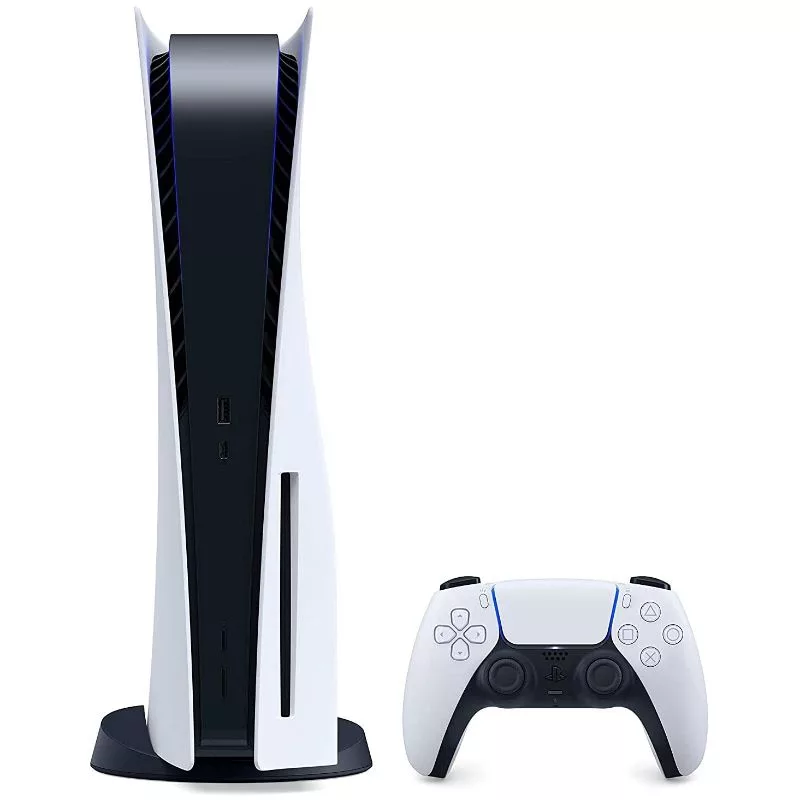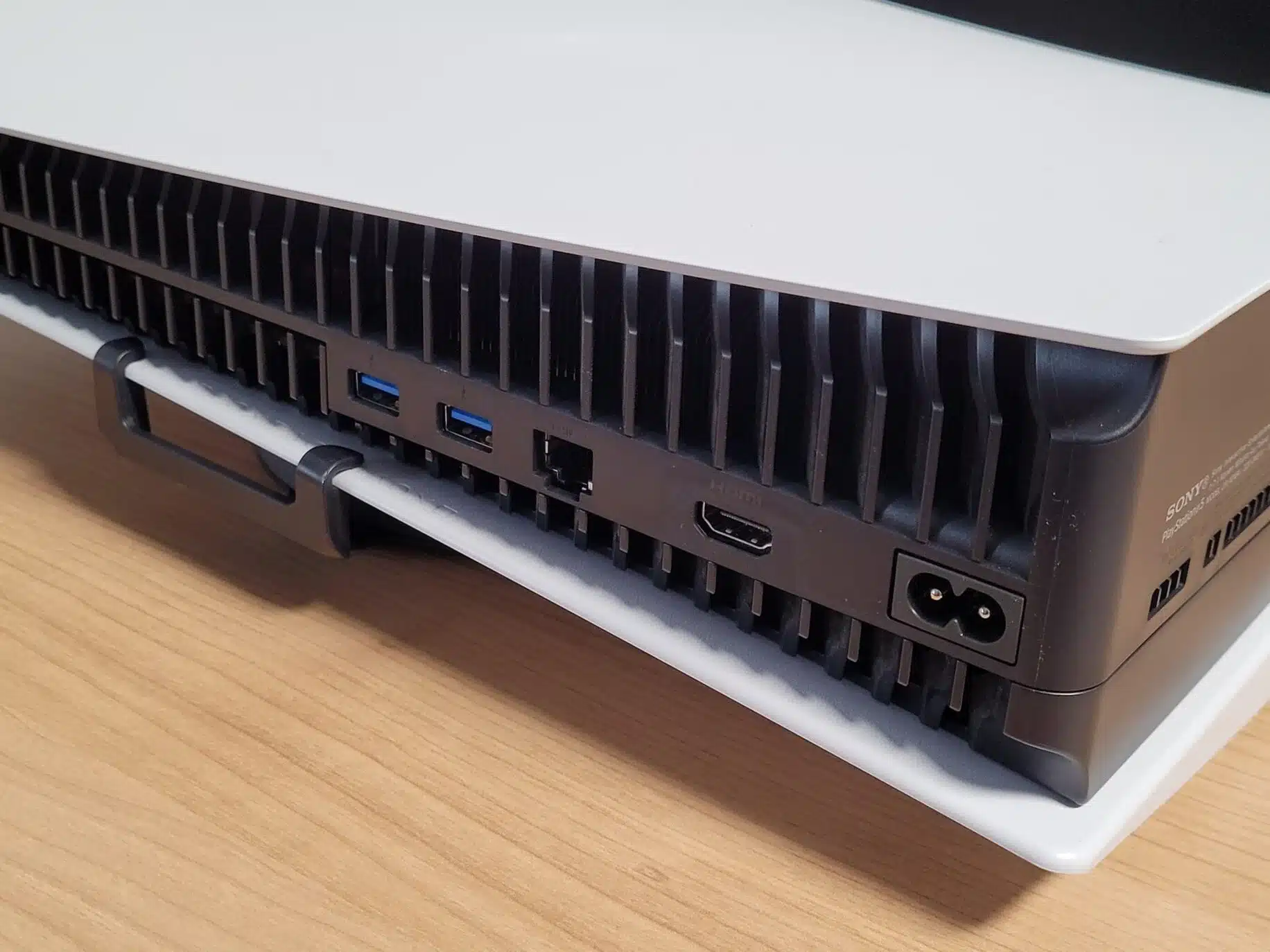The Future in Console Gaming – What’s Next After HDMI 2.1?
As we navigate through the future in console gaming era of HDMI 2.1, the next evolution of gaming technology beckons. This advancement has transformed the way we experience our games on consoles like the PlayStation 5, enhancing both visual fidelity and responsiveness. However, as we look to the future, we must consider what innovations lie beyond HDMI 2.1. This article explores potential technological developments post-HDMI 2.1, including future versions like HDMI 2.1a/2.2, the advent of wireless HDMI, and their potential impacts on console gaming setups.
Recap of HDMI Evolution
The transition from HDMI 2.0 to HDMI 2.1 marked a significant technological leap in the gaming industry. HDMI 2.1 introduced a suite of enhanced features that significantly improved the gaming experience: increased bandwidth up to 48 Gbps, support for 4K at 120Hz, and 8K at 60Hz, as well as game-changing additions like Variable Refresh Rate (VRR) and Auto Low Latency Mode (ALLM). These features have allowed gamers to enjoy ultra-high resolution and smoother frame rates, reducing lag and motion blur during fast-paced action.
For PlayStation 5 owners, HDMI 2.1 has been instrumental in maximizing the capabilities of the console, providing not just enhanced visual performance but also ensuring that issues such as frame tearing and audio desync are minimized. This brings us to a common challenge many users face: PS5 HDMI troubleshooting. Ensuring your HDMI setup is correctly configured is crucial for taking full advantage of these advanced features. Regular PlayStation 5 port maintenance can prevent many common HDMI connection issues, such as signal loss or flickering screens, which detract from the immersive gaming experience.
Potential Developments Post-HDMI 2.1
Looking ahead, the evolution of HDMI standards is poised to continue with the introduction of HDMI 2.1a and potentially HDMI 2.2. These future versions are expected to build on the existing foundation with even more refined features that could include improvements in bandwidth efficiency and further enhancements to audio return channels, which would cater to increasingly sophisticated home theater systems.
One exciting prospect for HDMI 2.1a/2.2 is its potential to support dynamic HDR formats more extensively. Dynamic HDR allows each frame or scene to be optimized in terms of depth, detail, brightness, contrast, and wider color gamuts—ensuring that the visual quality of games is nothing short of spectacular. For PlayStation 5 gamers, this means that visual elements could appear even more lifelike, enhancing everything from subtle shadows in dark corners to vibrant explosions on the battlefield.
The Rise of Wireless HDMI
Another revolutionary development on the horizon is wireless HDMI, which promises to declutter gaming setups by removing the need for physical cables between consoles and displays. This technology utilizes a high-frequency radio signal to transmit audio and video signals, maintaining high-quality standards without the physical restraints of cables.
The adoption of wireless HDMI could lead to a significant shift in console design, potentially allowing for more compact and flexible arrangements. Imagine being able to place your PlayStation 5 anywhere in the room without worrying about cable length or visibility. However, wireless HDMI also faces challenges, such as maintaining a stable connection free from interference and ensuring that the latency and speed are on par with wired connections.
Conclusion
The future of console gaming is on the brink of another technological revolution. As HDMI continues to evolve and new technologies like wireless HDMI enter the market, the possibilities for enhancing gaming immersion are boundless. Staying abreast of these developments will be crucial for gamers looking to optimize their setups. Moreover, understanding and implementing essential maintenance and troubleshooting techniques, such as fixing HDMI issues on PS5, will remain vital for gamers to ensure their consoles continue to perform at their best amidst these advances. As we look forward, embracing these innovations will undoubtedly redefine our gaming experiences, making them more immersive, flexible, and visually spectacular than ever before.










